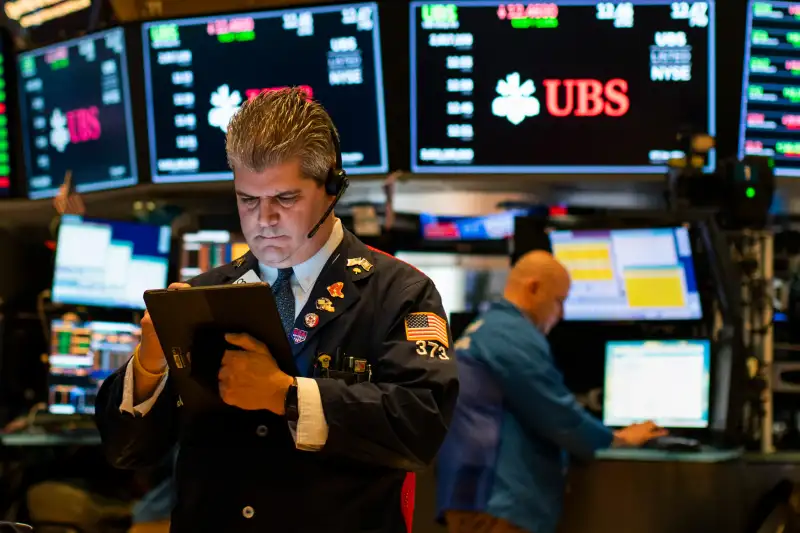Small-Company Stocks Have Been Lagging the Market. Here's Why That Could Change Soon
Money is not a client of any investment adviser featured on this page. The information provided on this page is for educational purposes only and is not intended as investment advice. Money does not offer advisory services.

With interest rates low and the U.S. economy growing, market pundits have been predicting that small-caps stocks — those of companies with smaller market values — will outperform large-caps for more than a year now.
And, for more than a year now, the large-cap Standard & Poor’s 500 has defied those expectations, handily and consistently beating returns on Russell 2000 — an index of 2,000 companies with market values below $5 billion — despite the supposedly ideal conditions for smaller companies. Since Aug. 31 of 2018, the S&P 500 is up about 16% while the Russell 2000 is down 3.4%.
Strategists say the “bigger is better” trend is a temporary side effect of recent changes in the investing landscape, and that longer-term size trends will eventually reestablish themselves. The first step for small caps’ emergence from the shadow could come soon, with the Russell 2000 on the cusp of its first record high in 18 months.
“I think eventually we will see the small-caps have their day in the sun,” said Edward Moya, senior market analyst at foreign-exchange brokerage OANDA. “Right now, Wall Street seems pretty much fixated on the giants.”
Why Small Caps Should Be Winning
The first principle of the “factor and style” market theory developed by economists Eugene Fama and Kenneth French is that small-cap stocks tend to outperform their large-cap peers during periods of accelerating economic growth. That’s because the smaller companies' higher debt loads and more meager revenues makes their profitability more sensitive to economic swings than those of large caps.
Conversely, the stable revenues and serviceable debt of the large caps make them safer investments, which hold their value better in times of slowing growth and rising interest rates.
Think of it like a sailing race. A lighter boat will move more rapidly when the wind fills its sails, but it’s more likely to lose momentum, or even capsize, if the winds change. A heavier boat will retain its momentum when the wind drops and is much harder to capsize.
This concept was backed up by decades of market returns. But the charts of the current bull market, which began in 2009 look very different. For much of that chart, the performance of Russell 2000 and S&P 500 were neck and neck. In mid-2018, the S&P 500 took off, and has left the small caps in the dust ever since, even as growth has accelerated and interest rates fallen.
How Large Cap Stocks Defy Gravity
The ascendance of passive investing in the last 10 years has allowed large-caps to defy the laws of stock investing, according to Eric Marshall, who has long managed small-cap portfolio for mutual-fund manager Hodges Capital. Broad-market index and exchange-traded funds are innately skewed towards the stocks with the largest weightings, as Marshall tells it. As these funds have grown, the effects of compounding and reinvestment has generated disproportionate demand for large caps.
This snowball effect has created a concentration of capital in stocks that analysts at brokerage Bank of America Global Research have dubbed “the trillion-dollar babies.” The market cap of the five largest companies in the S&P 500 – Facebook, Alphabet, Amazon.com, Apple, and Microsoft, when excluding financial conglomerate Berkshire Hathaway – now comprises a larger percentage of the broad index’s total market cap than ever before.
Of course, nothing succeeds like success on the stock market. One reason that the large-cap gains have accelerated in recent months is that investors are jumping on the "FAANG" bandwagon, according to Moya and others.
The Russell 2000, by contrast, is experiencing a “record drought,” according to brokerage LPL Financial. The index has gone the longest stretch in almost 10 years without recording a new record high, with the last such milestone being Aug. 31, 2018, when it closed at 1740.
The Russell has come very close to breaking this jinx, however. In early January, it topped 1700 for the first time since 2018 and it’s now back within 4% of its record high.
Small caps could recapture investors’ attention if the index finally breaks through these records, says Moya.